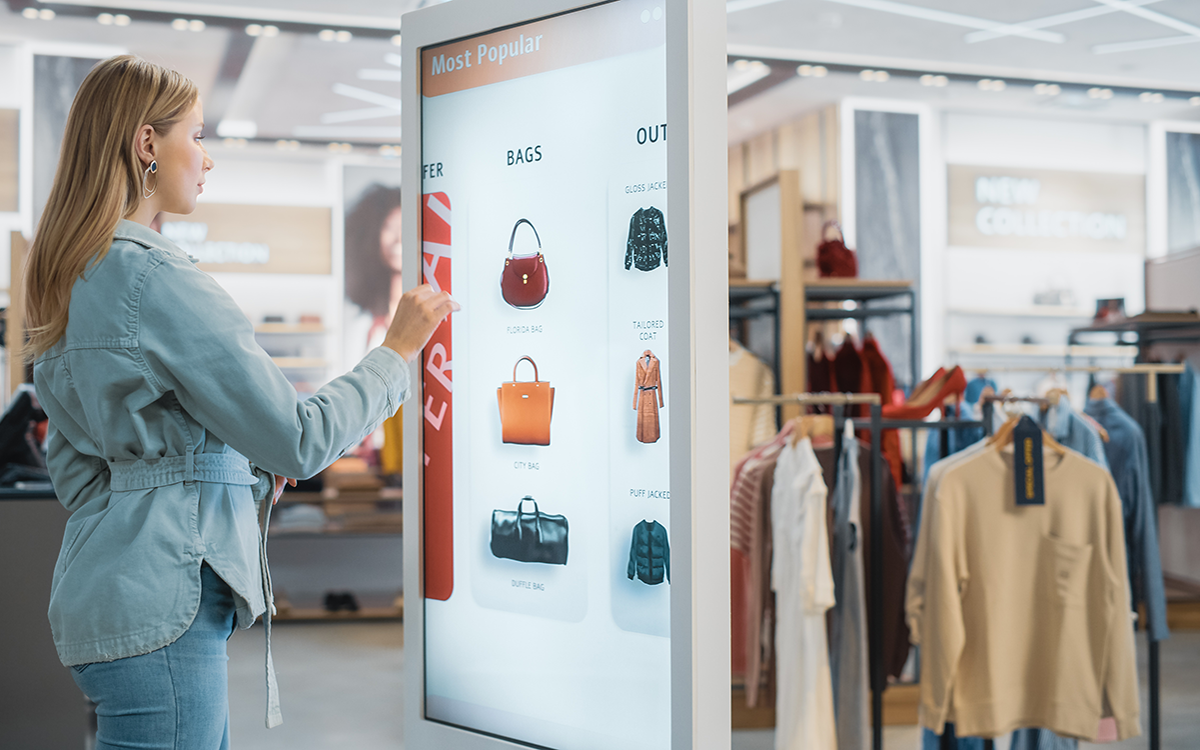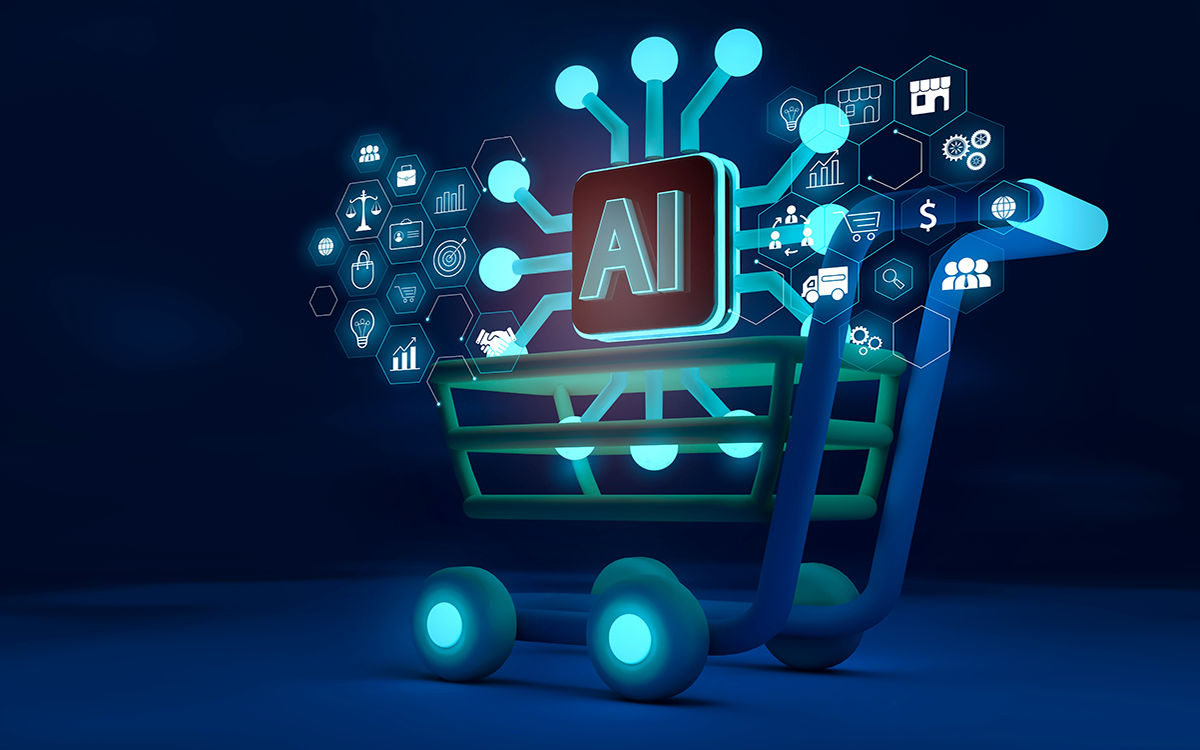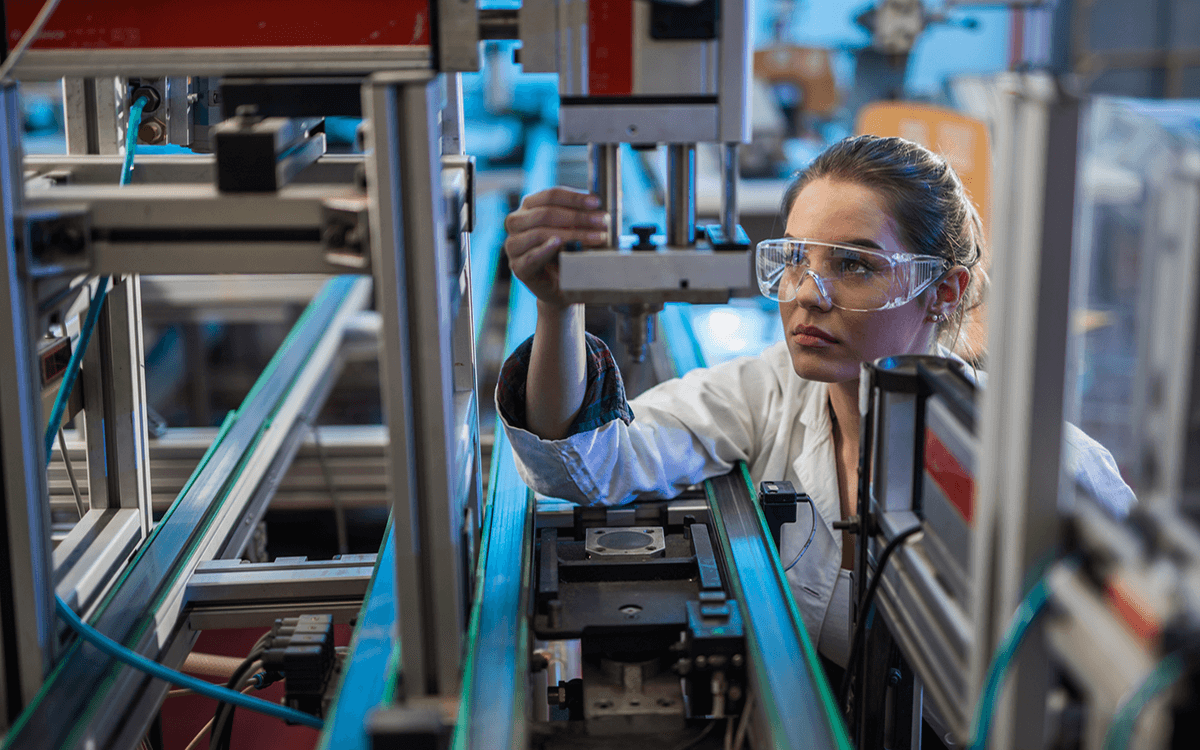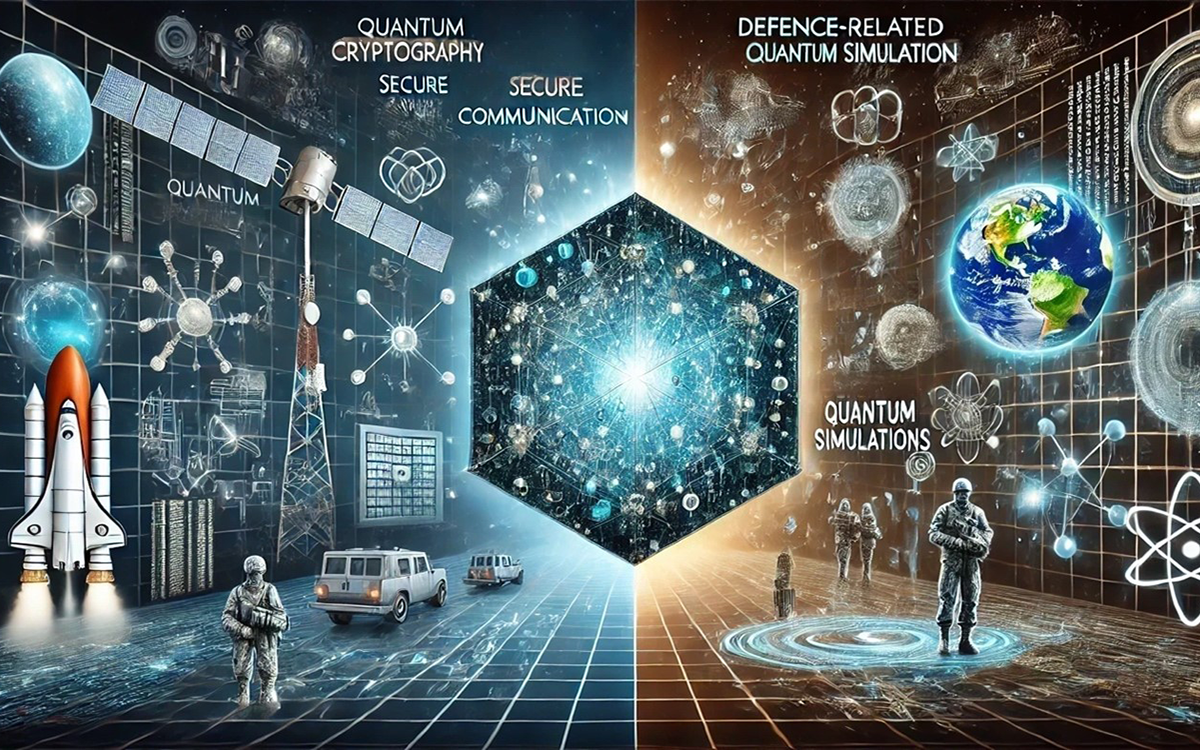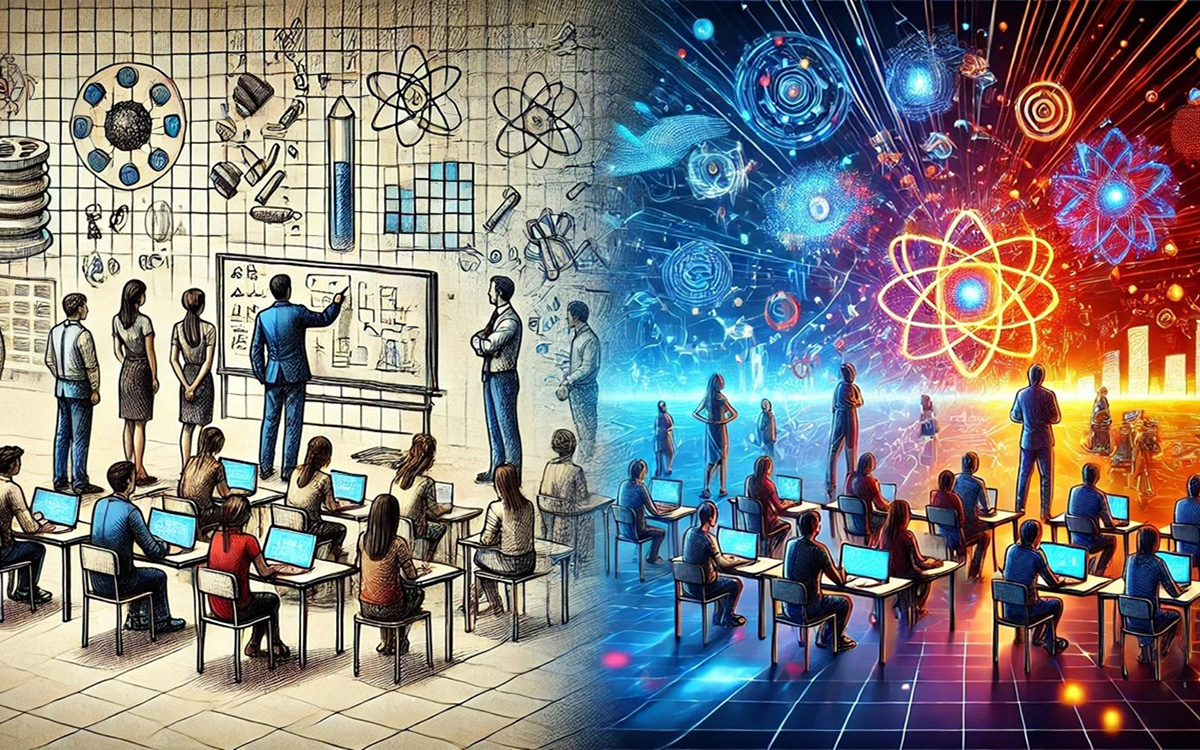
Remarkable innovation doesn’t just happen by accident. While humans are naturally curious and ever-determined to break new ground, effective innovation requires sound thinking and solid groundwork. And the most incredible breakthroughs, like many we’ve seen recently in health, public safety, sustainability and business, are underpinned by an investment in both people and technology.
At Fujitsu, we’ve always been driven by a commitment to innovate– to help our clients leverage technology in truly unique and creative ways, whether to set new standards, pave the way for new thinking, or to improve outcomes for society as a whole. Over our 85 year history, we’ve continued to evolve our passion for unlocking innovation with our clients and partners.
In this blog, we share four key priorities that have enabled us to innovate and help our customers explore the art of the possible:
Work together and foster a culture of co-creation
Being truly innovative is most certainly a team effort. Often, the most stand-out innovations occur when people and organisations share their diverse thinking and are willing to work together.
To support our commitment to co-creation, Fujitsu launched a Digital Transformation Centre (DTC) in 2019 at Macquarie University in Sydney, which allows our customers to access a range of digital tools to help them work together to find innovative solutions to business problems using Human-Centric Experience Design. At the launch of the centre last year, our CEO, Mike Foster, spoke about to the power of co-creation and what it means for a business.
“Co-creation means bringing together unconnected areas of expertise from your business and ours. It relies on a deep understanding of technology, speed, urgency and responsiveness in delivery, and an ability to scale. Fujitsu has already worked with a broad ecosystem of start-ups, research bodies, and partner companies to evolve their business.”
- Mike Foster, Head of Oceania, Fujitsu
Following the recent devastating bushfires, the NSW Government ‘Saving our Species’ program approached Fujitsu regarding holding a co-creation session at the Digital Transformation Centre. Representatives from the NSW Government and Fujitsu worked together to workshop some solutions for conservation challenges in the wake of the fires. They also discussed finding a way to eradicate the harmful hawkweed from our national parks.
The results of the session were very positive and have already led to some initial solutions being formulated.
You can watch a video about this co-creation session below.
Keep it real by leveraging human centric design methodology
When you’re solving real world problems, you need to have solutions that are grounded in reality – which are based on definable problems and needs, and offer practical, executable solutions.
This is the basis of Fujitsu’s Human Centric Experience Design approach, which has innovative, real-world design principles at its core. When embarking on a new project, we use this approach to help us understand a customer’s business challenge and opportunity, as well as to look at the issues through a user-defined lens. By combining our business and technology expertise, we can enable rapid conceptualisation, and develop a plan to start experimenting immediately.
Our Human Centric Experience Design came into play for a project that aims to help radiologists better detect and monitor brain aneurysms. Working with GE Healthcare, Macquarie University and Macquarie Medical Imaging, we are developing an artificial intelligence solution that will be applied on medical brain scans to help save valuable time for clinicians, make diagnoses safer and more accurate, and hopefully save lives.
Among other things, this solution will provide alerts for radiologists to look at areas of interest on CT scans for possible brain aneurysm locations, and information to help them track changes in aneurysm size and shape over time to provide consistent, long-term monitoring.
You can read more about this incredible project here or watch the video below.
Celebrate and democratise fresh, out of the box thinking
At Fujitsu, we believe very strongly that innovation involves everyone. It’s why we set up our Internal Incubator Program – an innovation forum through which anyone at Fujitsu can pitch an idea or a solution, and then obtain funding and technical support.
A great idea that originally hatched from Fujitsu’s incubator program recently came to life as a collaboration between Kia and Fujitsu Australia, for a prototype of the digital police car of the future.
The cabin of a typical police car can be one of the most dangerous workplaces in the world. As well as the obvious dangers of being the front line of police work, the actual environment has inherent dangers due to the technology and equipment needed to ensure police officers can do their jobs efficiently. So, we worked with Kia to consolidate a whole raft of existing technology into a clean, quick to install, extremely user-friendly dashboard solution that makes it far simpler for police to get the information they need, at a glance.
Now, we are working on a second phase of this project, which involves using artificial intelligence to develop an enhanced vehicle ecosystem. This can be used to improve safety and response times in all kinds of vehicles, including ambulances, fire and rescue service vehicles, security vans and even taxis. Read more about this project here.
Harness technology to make a difference across business and society
Technology has the power to drive incredible outcomes for both public and private sector organisations, as well as for society and the environment. At Fujitsu, this commitment underpins many of our projects, and drives our focus and determination to achieve great results.
Recently, for instance, Fujitsu partnered with the NSW Office of Environment and Heritage to develop a solution that would enable better identification of threatened plant species. We created an intelligent solution that uses high-performance computing, artificial intelligence and drones to capture and analyse image information over a broad geographic area. This means we can very quickly identify and locate specific plant species, which would otherwise only be detectable by foot or by helicopter. Use of a drone provides a significant saving in terms of helicopter charter costs, and as a consequence also requires far less fuel, which means reduced emissions.
The technology can potentially be applied to identifying and locating outbreaks of noxious weeds in conservation areas as well as in the identification of endangered birds and animals, which can have an extremely positive environmental impact.
You can read more about our work with the NSW Office of Environment and Heritage here or watch the video below.
We are always looking for opportunities to apply our innovative thinking, and our commitment to making a difference, to commercial scenarios. Recently, for instance, we developed a very sophisticated mathematical architecture, called Fujitsu’s Digital Annealer, which is helping us solve complex problems in financial services, automotive and discreet manufacturing. This solution has enormous potential to assist in the development of medicine as it can analyse molecular structures and compounds faster than humans – so it’s very exciting to see what the future holds.
If you would like to learn more about Fujitsu, our approach to innovation and how it can make a difference for your business, get in touch with the team at Fujitsu today.

